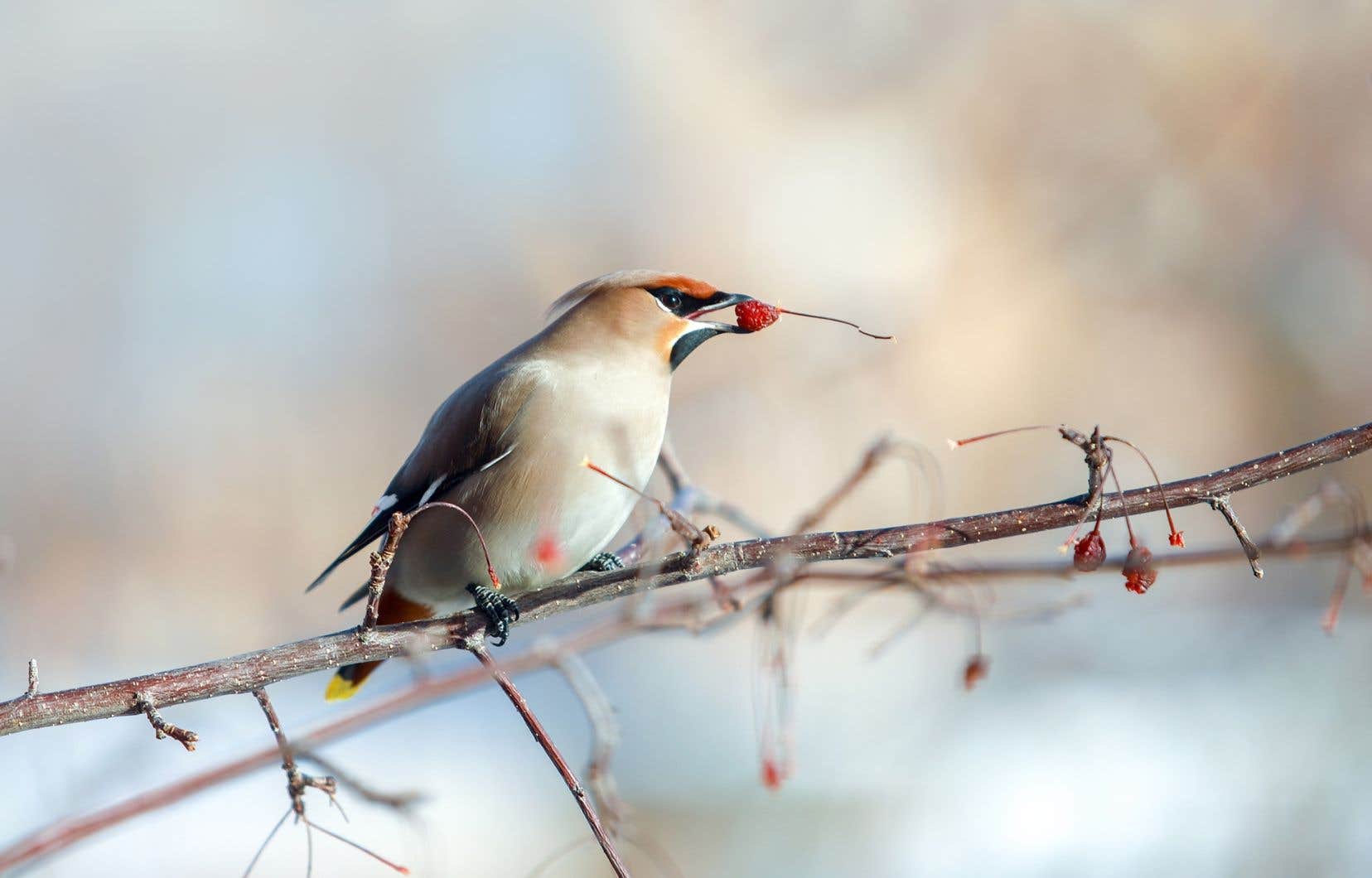This text is part of the special Pleasures notebook
Do you want to enjoy nature and its animal diversity, but you don’t know how to provide this beautiful biodiversity with a welcoming space? We have the solution: hardy fruit trees, which will bear fruit in summer and protect wildlife in winter.
To successfully plant your fruit tree, it is important to plant it in well-drained, sunny soil to ensure good development of the plant. In autumn, leave ungraded seeds, stems and fruits on the ground and only clean them up in spring. Your new friends will then be able to discreetly enjoy it and disperse the seeds for better propagation of the plants.
Choosing your fruit tree
Native trees and shrubs, adapted to our climate, will provide food and shelter for wildlife throughout the winter!
Rowan trees, like viburnums, are very hardy. They will require almost no maintenance, you will only have to prune the dead wood! Both develop pretty white flowers in spring which then produce tasty berries. They can be harvested after the first frosts to obtain even juicier fruits. A real jam delight!
1. The American mountain ash (Sorbus americana), also called cormier, is one of the most recognized for its clusters of fruits which birds delight in winter. It can reach around ten meters and its soft bark is also appreciated by animals.
2. The three-lobed viburnum (Viburnum trilobum), or pimbina, is a native shrub with persistent fruits that are very popular with birds. Its autumnal colors make it a splendour as a hedge and it can reach up to four meters in height.
3. Butternut (Juglans cinerea) gracefully extends to impressive heights, reaching 12 to 18 meters! Its nut, one of the tastiest that it is possible to grow in Quebec, with the sweet aroma of butter melting in the mouth, is nicknamed “ butternut ” in English. Be patient however, you will have to wait almost 20 years before harvesting them.
4. The American hazel (Corylus americana) produces a delicious hazelnut from the age of 5. Perfect as a feeder hedge, it reaches 2 to 4 meters. Squirrels, deer and moose will love its fruits!
5. Sea buckthorn (Hippophae rhamnoides), a shrub native to Europe and Asia, is very adapted to cold and produces fruits rich in vitamin C and antioxidants. There are several cultivars, with varying harvest times and properties. For it to bear fruit, it is necessary to have at least one male plant and one female plant.
6. Evergreen apple and crabapple trees produce fruit that stays on the tree in winter, much to the delight of wildlife. The cultivar “AC® Diva” is resistant to scab — a serious disease of apple trees that attacks flowers, fruits and leaves — while the flesh of “AC® Eden” does not oxidize once cut (to try in your salads). Both delicious to chew, they can also produce a delicious ice cider.
7. The rough rose bush (Rosa rugosa) adorns itself with magnificent flowers in summer and produces fruits rich in vitamin C which persist until winter. A welcome feast for our feathered friends and for us. Try them in ketchup or jellies, remembering to remove the seeds which can irritate the skin and mucous membranes.
All that remains is to observe the magnificent biodiversity that thrives in your home, even in winter.
This content was produced by the Special Publications team at Duty, relating to marketing. The writing of the Duty did not take part.
